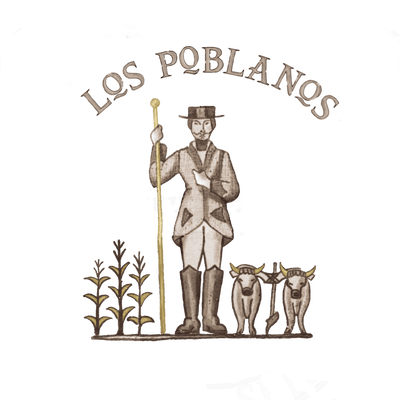Regenerative Farming
Originally cultivated by the Ancestral Puebloans, the land now known as Los Poblanos became part of a Spanish land grant in the 1700s and was bought by New Mexico congress members Albert and Ruth Simms in the 1930s. The Simms operated a dairy and experimental farm, raising sugar beet seed, oats, corn and barley, and developing new varieties of roses and chrysanthemums in the greenhouse.
In 1976, Penny and Armin Rembe and their children moved to Los Poblanos and began maintaining historic buildings and preserving the farm and gardens through sustainable organic farming. To remain true to regenerative farming practices in our high-desert climate, they planted lavender fields in 1999. Since the first Spanish settlers brought lavender to our region centuries ago, it has thrived in the arid environment and has been used for its soothing medicinal and aromatic properties. The lavender fields gave birth to our signature lavender apothecary products and our lavender gin.

Our commitment to stewardship of the land is expressed by growing ingredients organically, just steps away from the kitchen and the still. Dedication to the agrarian past extends to the preservation of our historic 1930s gardens and our guests' experience of the landscape, creating a profound and authentic agritourism experience.
In addition to lavender, some of the native varieties we grow on the farm include Epazote, Lambs Quarters, Devil’s Claw, Acoma Light Melons, Hopi Purple String Beans, Zuni Blue Corn, and Acoma and Navajo Pumpkin. These varieties provide a link to a thousand-year agricultural history in New Mexico. Not only are they locally adapted and heat and drought-tolerant, but they are also delicious.

The Gardens of Los Poblanos
The formal Spanish-style gardens around the Hacienda and La Quinta were designed in 1932 by Rose Greely, a pioneer female landscape architect. Greeley was the first female graduate of Harvard’s landscape architecture program and worked primarily in the Washington DC area designing residential gardens. The gardens feature vibrant flower beds, Spanish tile fountains, rose-cutting gardens, winding pathways and mosaic stonework.
More recent landscapes were designed by Judith Philips alongside AOSA (Atkin Olshin Schade Architects), utilizing drought-tolerant species and creating continuity with established and plantings. Her design integrated a multi-functional and environmentally sensitive approach to a beautiful landscape creating a habitat for wildlife, food for pollinators and people, and an array of botanicals including those in our botanical gin. Judith’s recent book, The Gardens of Los Poblanos is a deep dive into the process, plants and people that define this unique cultural landscape.
The farm is passionate about connecting its guests to the land and helping them understand the origins of their food – all the while toasting the local farmers who make it happen.


